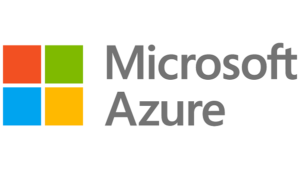 [SPONSORED GUEST ARTICLE] Sustainability – both in the way it operates and in its support for the development of sustainable technologies and products – is a theme that permeates the Microsoft Azure public cloud platform and its end-user community. Azure, in combination with advanced and ultra-efficient CPUs from AMD and other HPC-class technologies, is a hothouse for sustainability R&D projects ranging from electric vehicles to wind turbine design.
[SPONSORED GUEST ARTICLE] Sustainability – both in the way it operates and in its support for the development of sustainable technologies and products – is a theme that permeates the Microsoft Azure public cloud platform and its end-user community. Azure, in combination with advanced and ultra-efficient CPUs from AMD and other HPC-class technologies, is a hothouse for sustainability R&D projects ranging from electric vehicles to wind turbine design.
Before we look in detail at an example of those projects, let’s start with Azure’s operational efficiencies. Microsoft commissioned a study in 2020 comparing the energy consumption and carbon emissions of four cloud applications (two of them being compute and storage) vs. traditional on-premises data centers. The results show that the Microsoft Cloud is between 22 and 93 percent more energy efficient than on-prem, and when taking into account Azure’s use of renewable energy sources, the Microsoft Cloud is between 72 and 98 percent more carbon efficient. These savings are credited to four cloud features: IT operational efficiency, IT equipment efficiency, data center infrastructure efficiency and renewable electricity.
On that last point, Microsoft has committed to Azure being 100 percent powered by renewable energy sources by 2025 and to remove more carbon than is emitted by 2030 — the same year by which it will reduce carbon emissions by more than 50 percent.
These environmental advantages place a premium on Microsoft running its Azure cloud data centers at maximum efficiency. It requires the highest level IT, data center and HPC management skills, it requires massive, ongoing investments by Microsoft in plant and equipment and it means continual replenishing of Azure’s compute infrastructure with the latest-and-greatest (and most efficient) server, storage and cluster technologies.
Azure’s long-standing alliance with AMD, in which the cloud platform is a consistent early adopter of AMD’s price/performance-leading CPU and GPU microprocessors, makes a significant contribution to the cloud platform’s sustainability strategy.
A 2020 AMD study based on a deployment scenario with 1,200 virtual machines powered by AMD EPYCTM chips, 33 percent fewer servers were required than if the servers had used competing x86 CPUs, cutting energy consumption by 32 percent (TCO was reduced over a three-year-period by 41 percent). This saved an estimated 70 metric tons of CO2e (carbon dioxide equivalent), or roughly 28 acres of forest.

In another internal AMD study completed in 2022, servers powered by 4th Gen EPYC processors were benchmarked against servers using the fastest available competitive processor running a workload of around 2000 VMs. AMD EPYC delivered significantly better results on power efficiency. It was found that the same work could be done by just five 2P AMD servers with AMD EPYC 9654 processors, which means workloads can be run on up to 67 percent fewer servers, requiring up to 52 percent less power, reducing CAPEX up to 40 percent and OPEX up to 61 percent in the first year.
Now let’s look at an example of sustainable technology developed by engineering teams using the Azure platform.
Rimac Technology
 Croatia-based Rimac Technology designs and produces high-performance components and systems to help the electric vehicle industry build advanced hybrids and EVs. From battery and vehicle systems to torque vectoring, e-AXLES, advanced driver-assistance systems, infotainment, connectivity and UX/UI, Rimac Technology is a technology solutions provider to global OEMs, including Porsche, Hyundai, Kia, CUPRA, Automobili Pininfarina, Koenigsegg and Aston Martin.
Croatia-based Rimac Technology designs and produces high-performance components and systems to help the electric vehicle industry build advanced hybrids and EVs. From battery and vehicle systems to torque vectoring, e-AXLES, advanced driver-assistance systems, infotainment, connectivity and UX/UI, Rimac Technology is a technology solutions provider to global OEMs, including Porsche, Hyundai, Kia, CUPRA, Automobili Pininfarina, Koenigsegg and Aston Martin.
With the goal of enhancing product development speed and scale, Rimac performs simulations of its new designs on Microsoft Azure HPC with AMD EPYC CPUs.
“The power of simulation is that you can build really complex models, test them virtually, and then iterate and modify the design to do the simulation again, all without needing to physically produce anything,” said Ivan Krajinović, Rimac’s head of simulations. “When a car crashes, you can’t see, for example, that a bracket somewhere in the middle of the car is deformed and the source of a larger problem. That’s only identifiable through digital virtual prototyping.”
Initially, Rimac developed an on-premises HPC cluster to run simulations, but as the company grew, it required greater scale and more powerful computing. Also, pandemic-related supply chain slowed the process of adding on-prem nodes.
“The estimate to get additional nodes was nine to 12 months, with three more months to install them,” said Krajinović. “But adding an Azure HPC node is basically instant.”
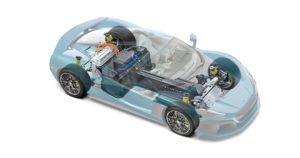
credit: Rimac
Rimac uses Azure CycleCloud to orchestrate clusters and includes Azure Virtual Machines, running containers on Azure HBv3 virtual machines with 3rd Gen AMD EPYC Milan Processors with AMD 3D V-Cache, which are much faster than previous generation Azure virtual machines for explicit calculations.
Krajinović said the company has gained significant increases in computational speed with AMD, resulting in lower utilization of HPC licenses and faster iterations.
“We needed more computational power to work with more complex simulation models to match increasingly challenging customer requests,” he said. “Our internal cluster was strong, but the availability of the nodes and the calculations we could run with Azure HPC were just amazing.”
Vestas Wind Systems
 Vestas Wind Systems A/S, the Denmark-based global leader in sustainable energy solutions, has installed more than 66,000 wind turbines in more than 80 countries for a total capacity of 100 GW. The company recently embarked on a project to reduce turbine wakes that disrupt the operation of other turbines on a wind farm, hampering overall power yield.
Vestas Wind Systems A/S, the Denmark-based global leader in sustainable energy solutions, has installed more than 66,000 wind turbines in more than 80 countries for a total capacity of 100 GW. The company recently embarked on a project to reduce turbine wakes that disrupt the operation of other turbines on a wind farm, hampering overall power yield.
Vestas partnered with Microsoft Azure and minds.ai to study optimal changes in the alignment of individual turbines, a technique called wake steering. The project required complex control strategies and the development of an intelligent wind farm controller. Instead of implementing traditional modeling techniques, Vestas wanted to shorten the project’s development time by using reinforcement learning on Azure high-performance computing.
“We do have a supercomputer on-premises, a rather big one,” said Vestas’ Chief Specialist and Modeling & Analytics Module Design Owner Sven Jesper Knudsen. But Vestas decided that cloud-based HPC might bring a better solution within reach.
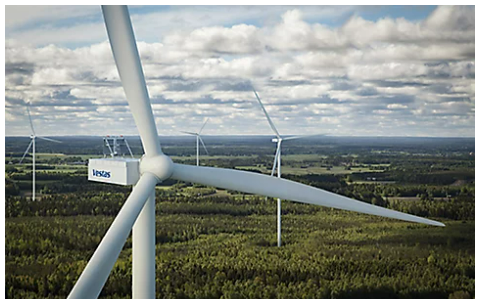
credit: Vestas
Vestas utilized Azure HPC resources and minds.ai, a Microsoft Partner Network member, and its reinforcement learning platform DeepSim to run complex simulations at scale. Models (controllers) were rapidly trained to automatically react to wind conditions and orient turbines to minimize turbulence-related power loss.
Vestas drew on Azure HBv3 virtual machines equipped with third-generation AMD EPYC processors and scaled up to 15,000 cores, with the capacity to go higher as needed.
“The latest AMD CPUs offered high compute power and memory bandwidth, which was crucial for simulations that involved large amounts of weather data. On top of that, the cost/performance ratio was amazing—it allowed us to both scale up and keep the cost reasonable,” says Jeroen Bédorf, PhD, Senior Systems Architect at minds.ai. “This project would have taken much longer without the AMD-based Azure HBv3 nodes.”
Conclusion: In the end, Azure’s sustainability ethic operates at two levels. Whether the customer’s goal is to reduce carbon emissions when running HPC jobs, or if it’s to access the most advanced HPC-class technologies to develop innovative products that fight climate change, the Microsoft Azure platform supports both objectives.

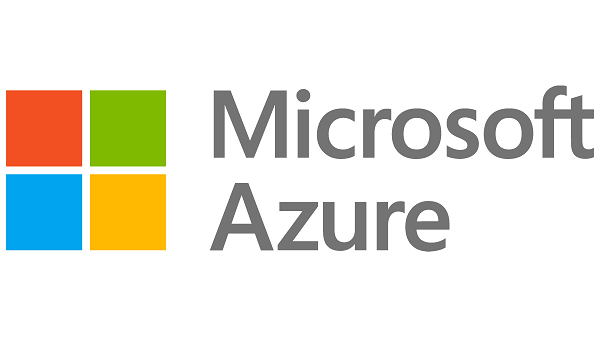

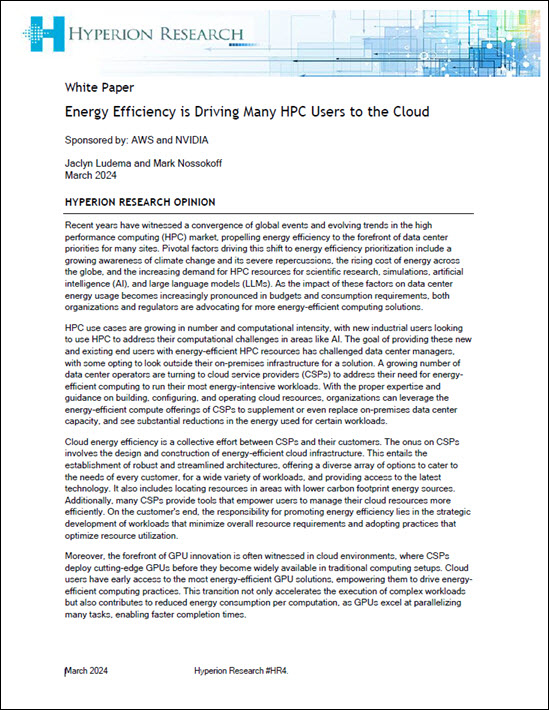

Microsoft Azure’s sustainability benefits are impressive, with efficient operations, renewable energy use, and state-of-the-art technologies like AMD’s EPYC processors reducing energy consumption and carbon emissions. Innovative companies like Rimac Technology and Vestas Wind Systems are leveraging Azure’s capabilities to drive sustainable product development and optimize wind farm performance. Azure’s high-performance computing, machine learning, and simulation tools accelerate innovation and generate significant business value while benefiting the environment. Microsoft’s commitment to making Azure 100% powered by renewable energy sources by 2025 is commendable.